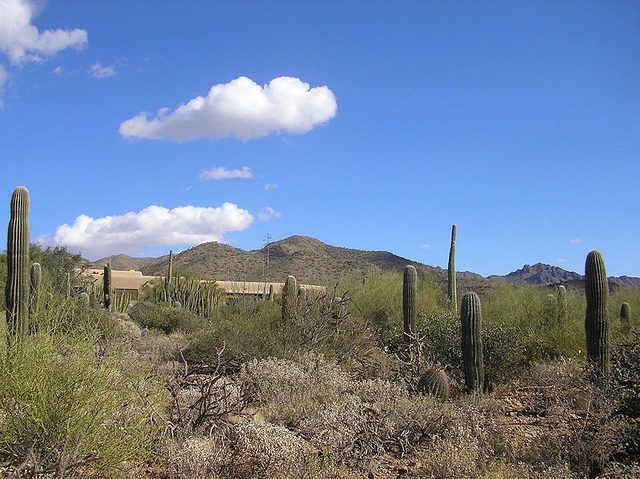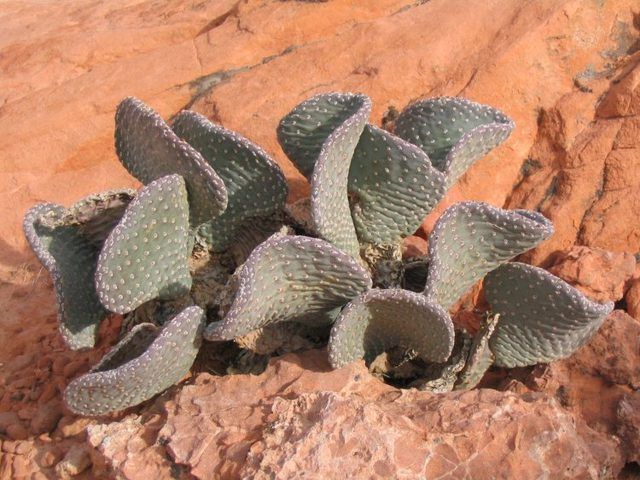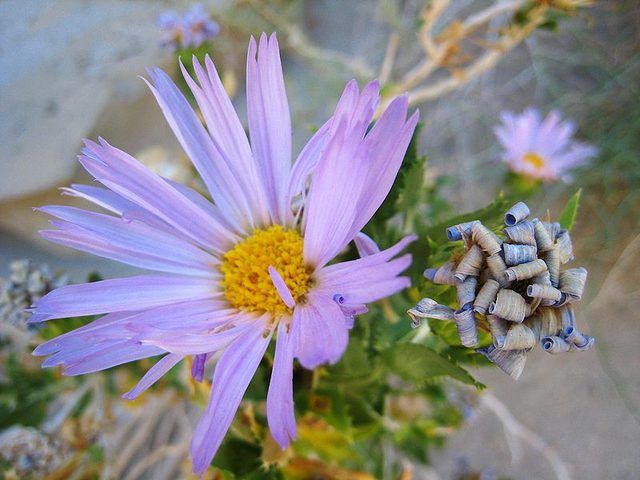Bulbs
Flower Basics
Flower Beds & Specialty Gardens
Flower Garden
Garden Furniture
Garden Gnomes
Garden Seeds
Garden Sheds
Garden Statues
Garden Tools & Supplies
Gardening Basics
Green & Organic
Groundcovers & Vines
Growing Annuals
Growing Basil
Growing Beans
Growing Berries
Growing Blueberries
Growing Cactus
Growing Corn
Growing Cotton
Growing Edibles
Growing Flowers
Growing Garlic
Growing Grapes
Growing Grass
Growing Herbs
Growing Jasmine
Growing Mint
Growing Mushrooms
Orchids
Growing Peanuts
Growing Perennials
Growing Plants
Growing Rosemary
Growing Roses
Growing Strawberries
Growing Sunflowers
Growing Thyme
Growing Tomatoes
Growing Tulips
Growing Vegetables
Herb Basics
Herb Garden
Indoor Growing
Landscaping Basics
Landscaping Patios
Landscaping Plants
Landscaping Shrubs
Landscaping Trees
Landscaping Walks & Pathways
Lawn Basics
Lawn Maintenance
Lawn Mowers
Lawn Ornaments
Lawn Planting
Lawn Tools
Outdoor Growing
Overall Landscape Planning
Pests, Weeds & Problems
Plant Basics
Rock Garden
Rose Garden
Shrubs
Soil
Specialty Gardens
Trees
Vegetable Garden
Yard Maintenance
How Do Plants Survive in the Desert?
How Do Plants Survive in the Desert?. Some plants prefer to grow in the arid desert climate. Adaptations made throughout history allow desert plants to survive with little water. Plants lack traditional leaves, replacing them with spines or thorns. These xerophytes have their food-producing chlorophyll in their stems and bark. Large leaves would...

Some plants prefer to grow in the arid desert climate. Adaptations made throughout history allow desert plants to survive with little water. Plants lack traditional leaves, replacing them with spines or thorns. These xerophytes have their food-producing chlorophyll in their stems and bark. Large leaves would let valuable moisture from the plant transpire, but the slimmer thorns lessen this effect. The bark covering xerophytes seals moisture gathered by the plant inside, further preventing excess water loss and enhancing survival in the desert. Thorns and spines on xerophytes discourage chewing by herbivores.

Other plants, known as phreatophytes, adapt to the desert by growing their roots extremely deep into the ground. The farther into the desert sand the roots extend, the more likely the plants will be able to tap into the water table below, allowing them to live through dry desert heat.

Rain occurs in the desert, though rarely, but when it does, the floor of the desert becomes awash with color from blooming desert perennials. The seeds of these plants lie dormant in the desert soil until enough rain falls for them to sprout. Rapid growth sends these plants above the surface of the soil, where they reproduce and produce enough food for storage until the next round of desert rain falls. Perennials resprout year after year. This sets them apart from the desert annuals.

Annuals and perennials both act quickly to complete a life cycle with the desert rains, but unlike perennials, which return the following year, annuals die after a single growing season.
